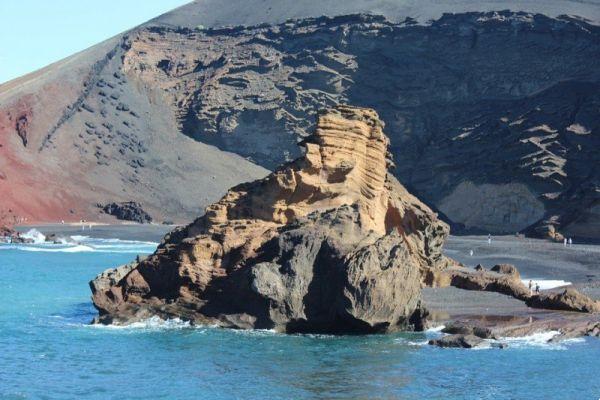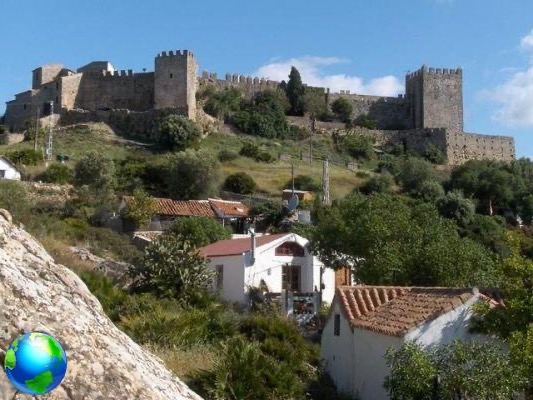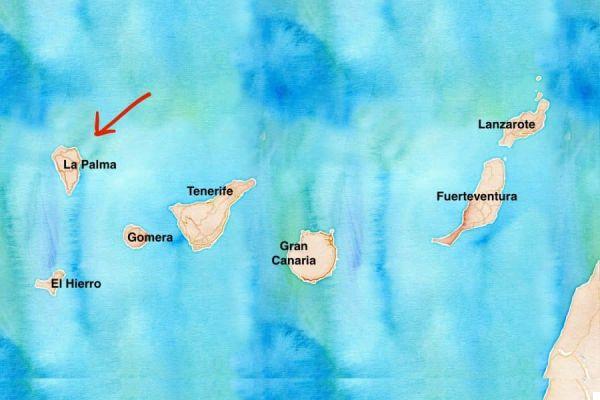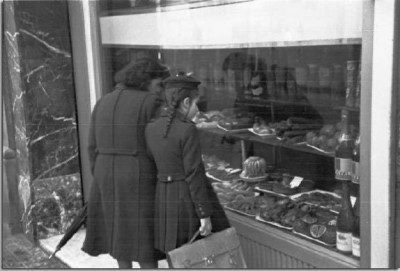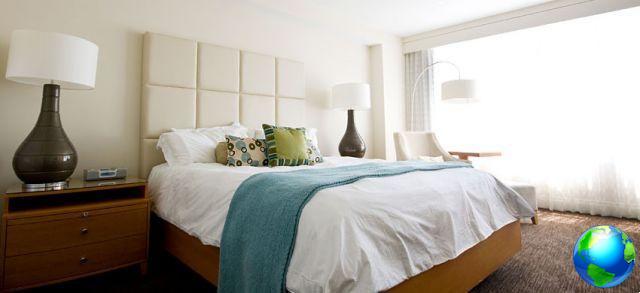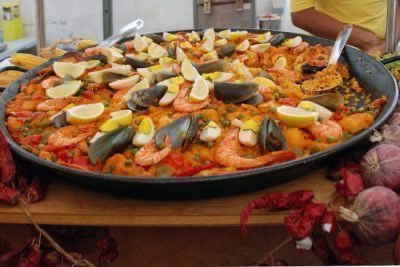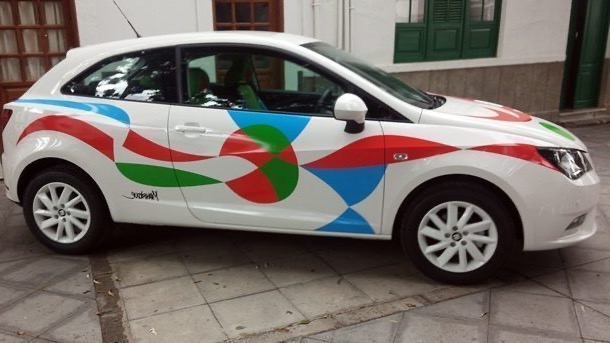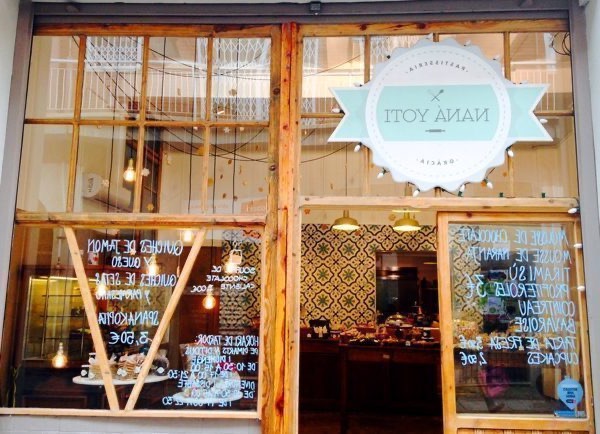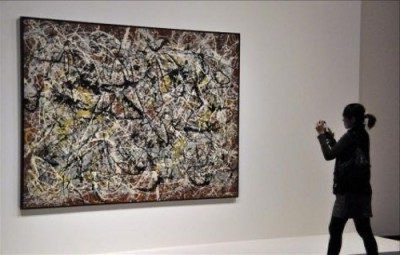Oh yes then let's go for a walk up to the Macarena
Macarena ??? Give a tu cuerpo alegria Macarena… But what does it mean macarena??
A recurring dialogue. There is little to do when I mention the Macarena to some Italian friends here is the famous refrain of the 90s (in parentheses the Los del Rio who sang the song that consecrated them in the international music scene, live a few kilometers from Seville, in Dos Hermanas). Few people know that when we say Macarena here in Andalusia we refer to a virgen, virgin, very famous second only to the famous Virgen del Rocío.
La virgen de la Macarena is one of the symbols of Seville, body and soul of the great celebration of the Semana Santa: the Macarena brotherhood carries out the long journey of penance in the night between Thursday and Good Friday. And to get to know the ancient beating heart of a city that hides secrets and distant legends, I recommend a walk through the narrow streets of the barrio de la Macarena, up to the walls and the white and yellow colors of the Basilica with that bell tower that somewhat reminds the Mexican churches of old faded telenovelas.
I recommend starting the visit from Convent of Santa Paula, one of the most famous of the city following its beautiful bell tower and the church which is accessed through an imposing Gothic portal decorated with Renaissance azulejos. Founded in 1473, you can now visit the convent church and museum. If you have a sweet tooth, stop by the shop: the nuns are very famous for their sweets and their jams.
From the convent continue on calle Santa Paula until the intersection with calle Socorro, take it by turning slightly to the right, here you will come across another fourteenth-century architectural marvel the church of San Marcos built on an old mosque with a Mudejar tower in the style of the Giralda. Cervantes used to go up to enjoy the view on the quiet patio of the convent of San Isabel, immediately behind the church.
Once you have admired San Marcos, continue your walk by venturing into the Macarena neighborhood along calle San Luis. Two minutes' walk and on your left is the heyday of Sevillian Baroque: the church of San Luis. A gem whose facade is framed by two tall towers surmounted by ceramic domes.
The walk continues on Calle Luis until you reach the famous one Basilica of the Macarena. Once there, enter above all to see the famous statue of the Madonna della Macarena which dates back to the 700s depicting the desperation of the Madonna after the condemnation of her son. A suffering portrayed with such intensity and passion that it is thought that the statue is attributed to the daughter of the sculptor Pedro Roldan. You will be struck by what left me speechless the first time I saw her: the preciousness of the clothes, the cloak and the gold and diamond ornaments worthy of a true queen.
And now? Now go back to the opposite side. Take Calle Bécquer, turn left into Calle Peral and in just under 10 minutes you will arrive at the large square famous for its clubs, the Alameda de Hércules. Take a break here, look for the tapas bar Al Aljibe and relax with a good glass of iced cerveza and with the specialties of Andalusian cuisine.






